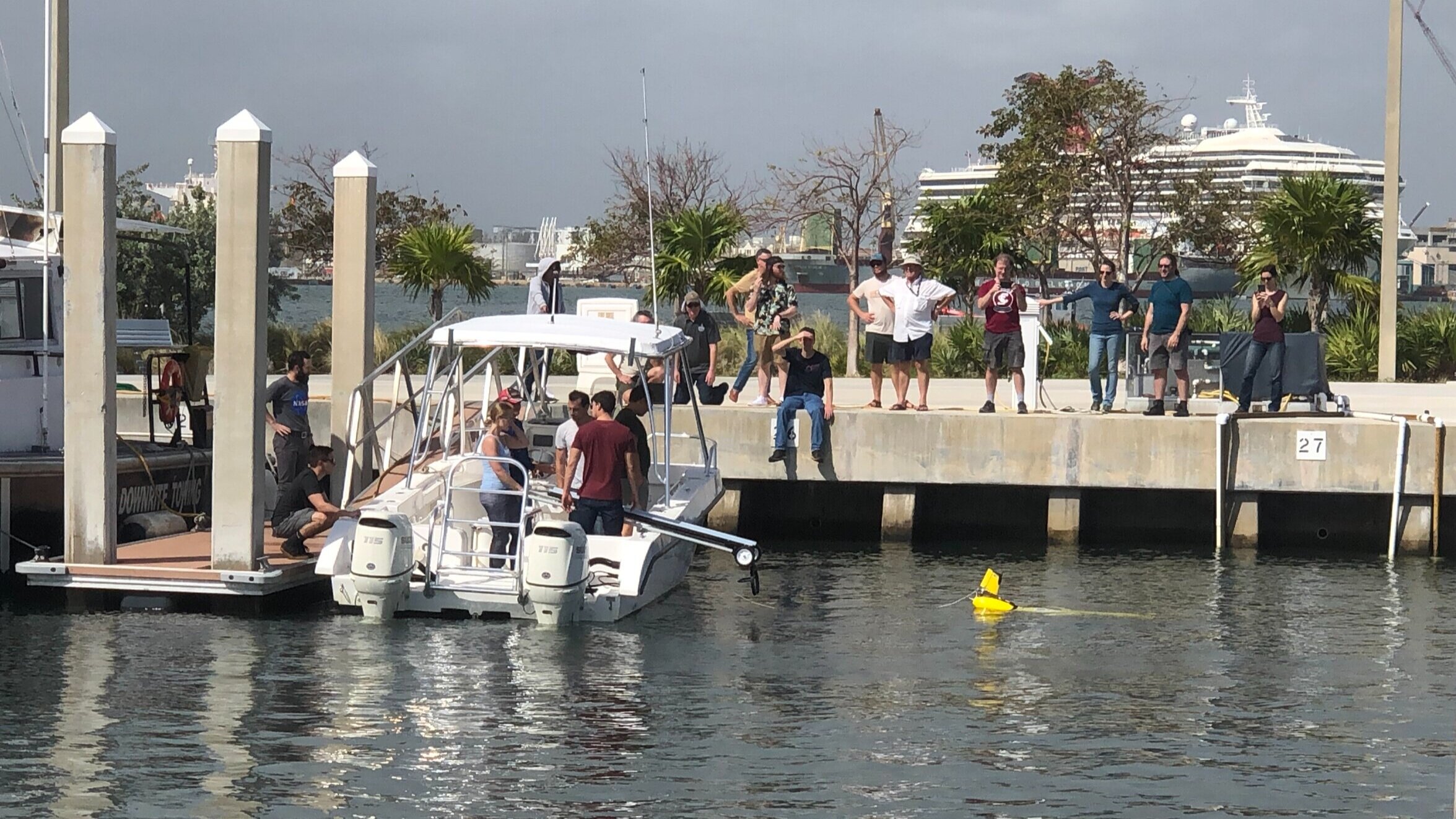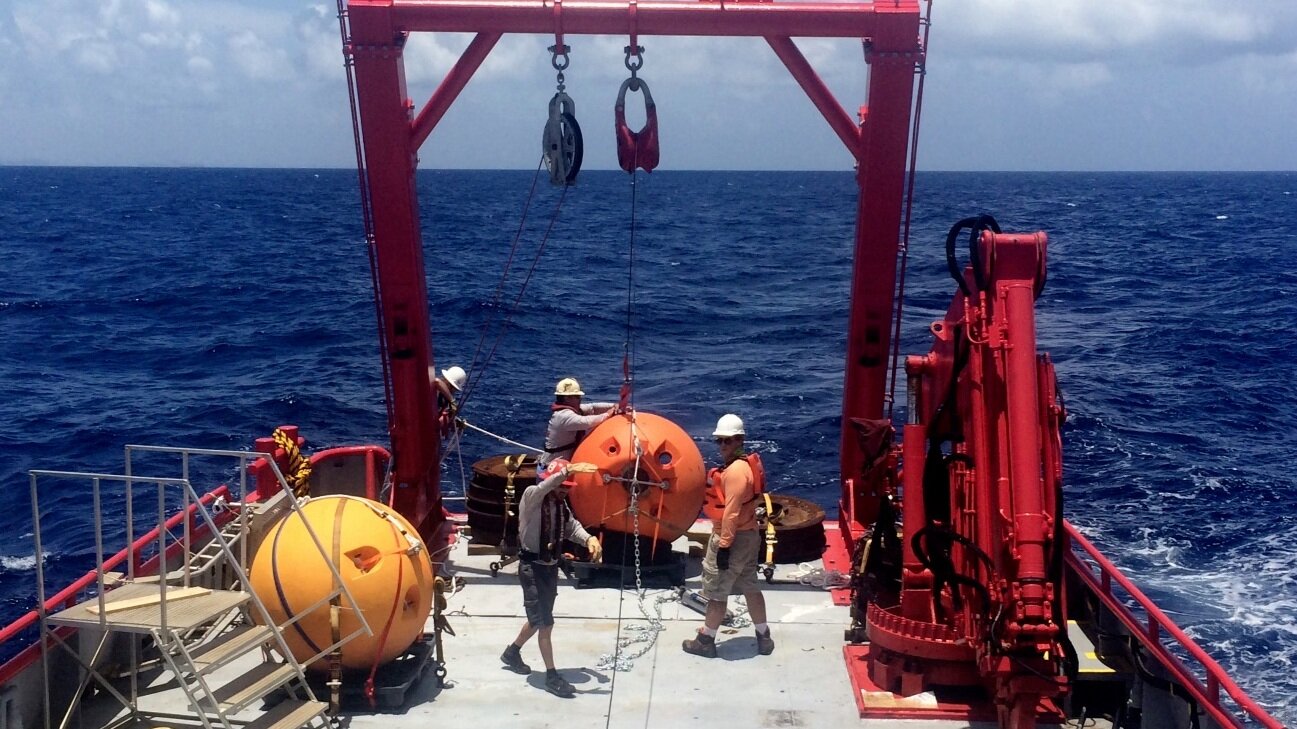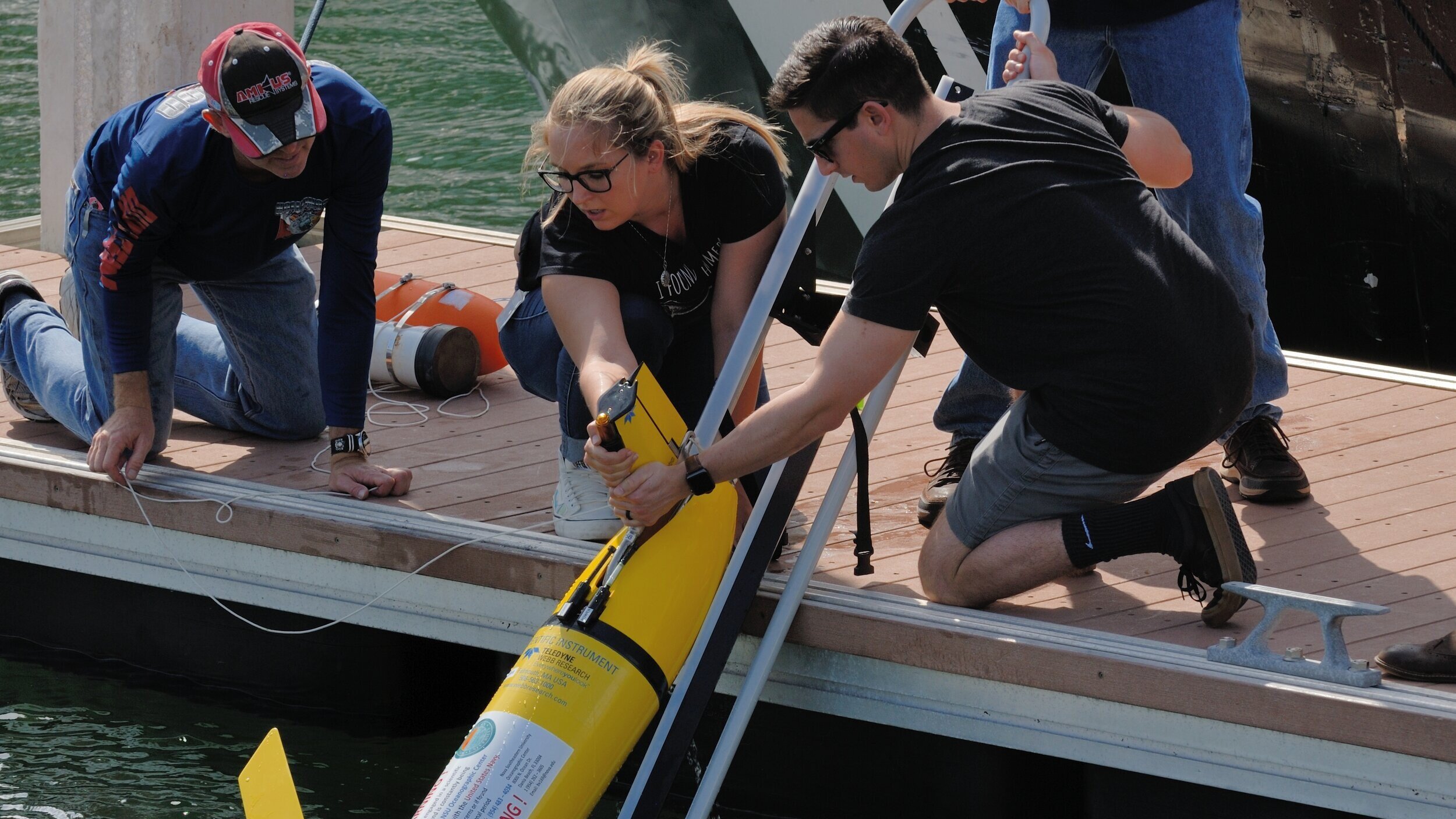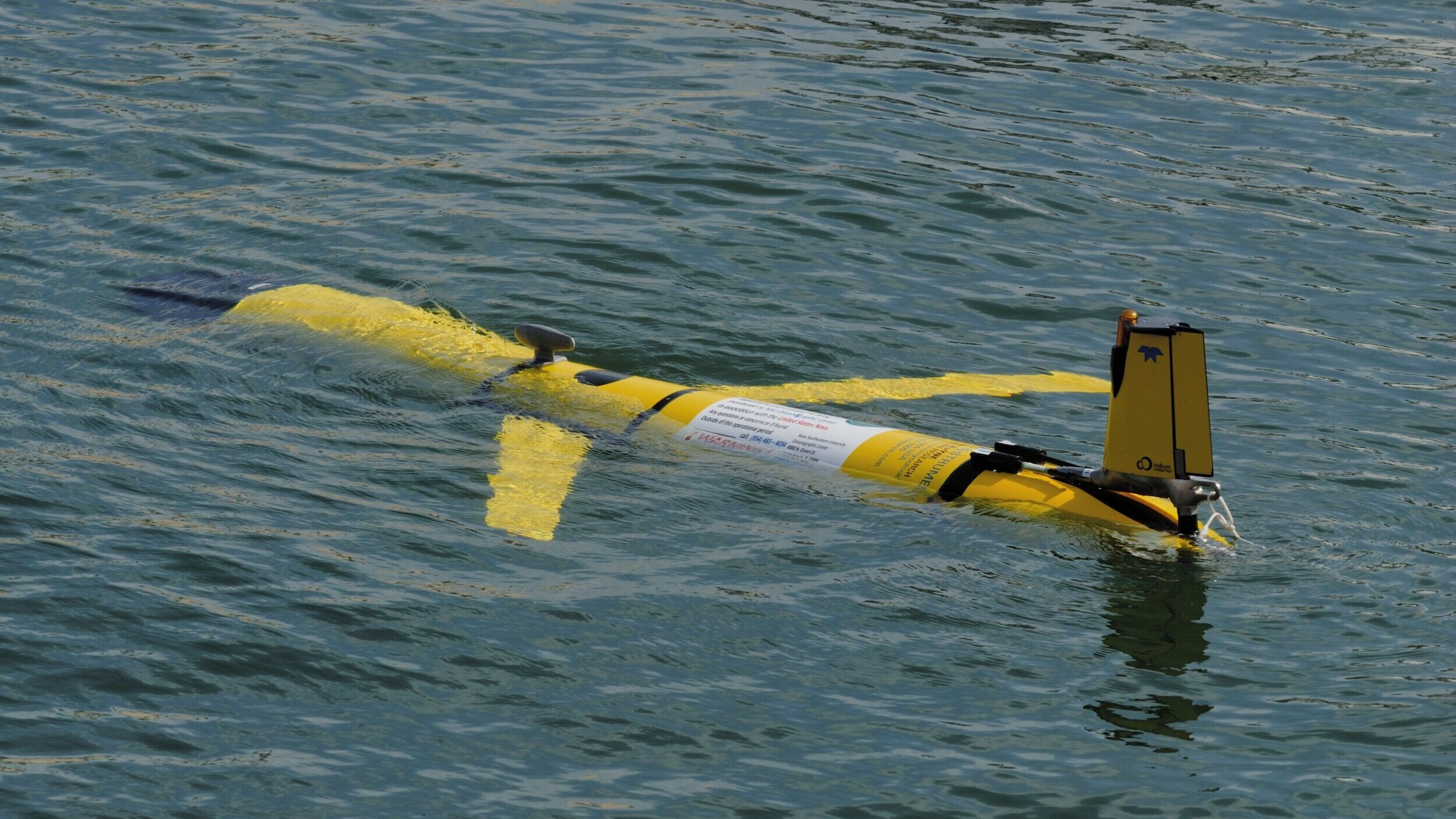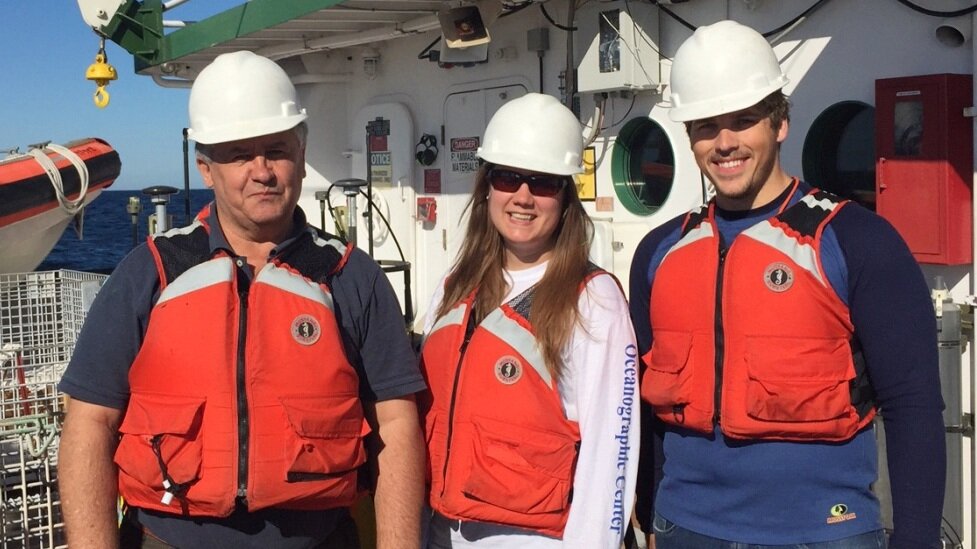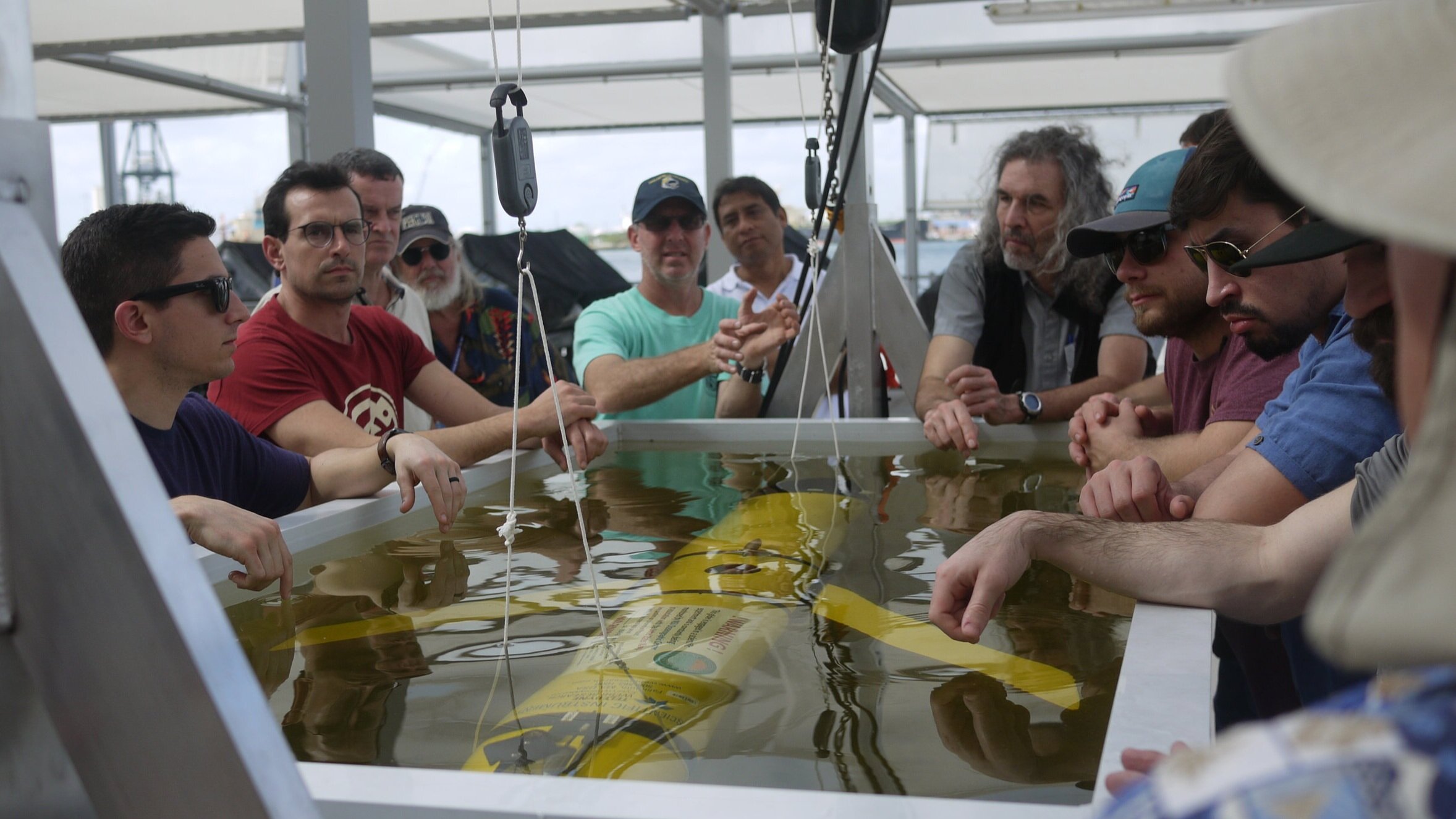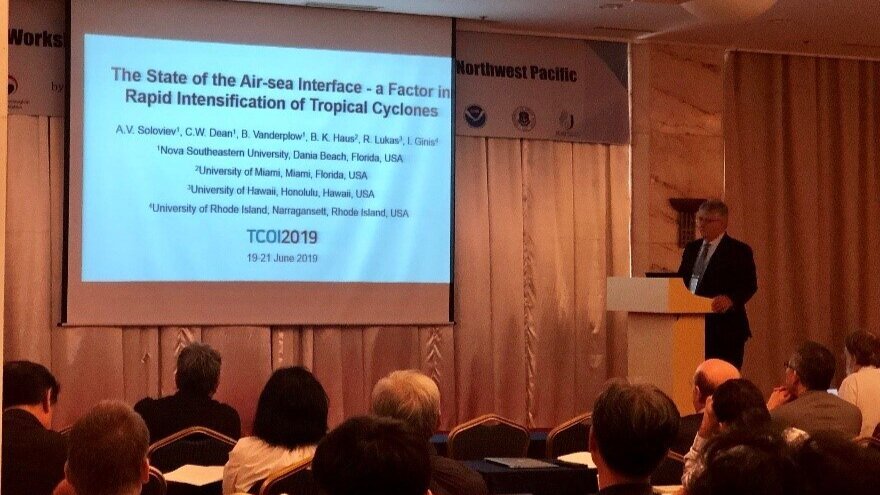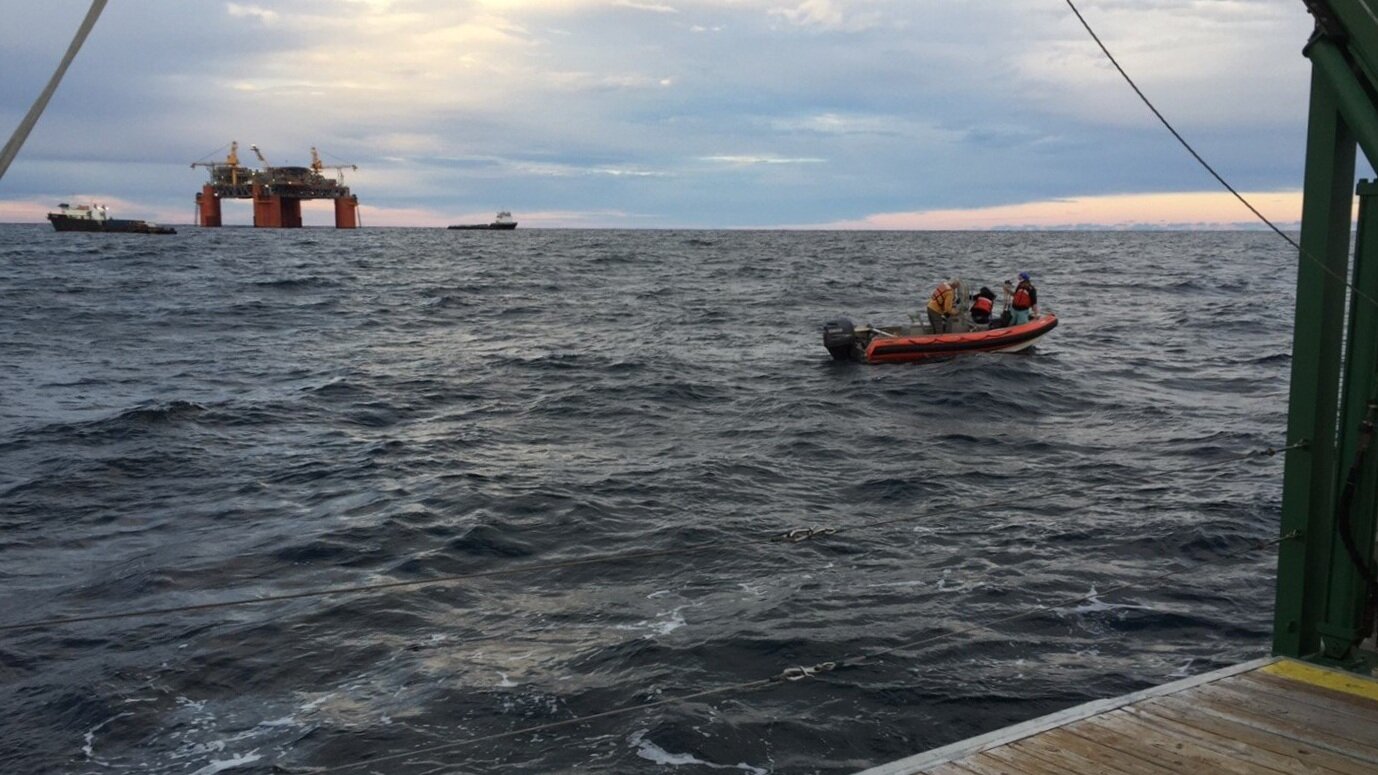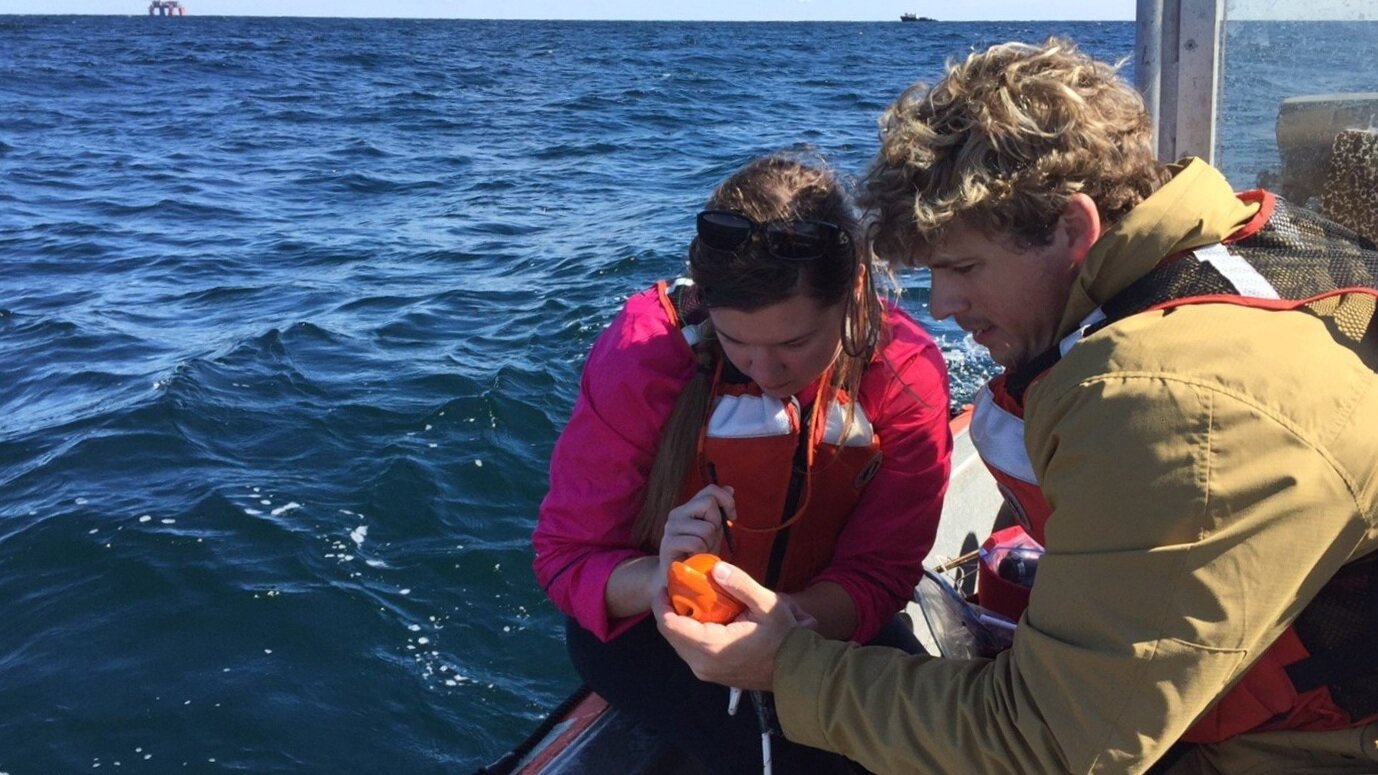Alexander Soloviev, Ph.D.
Professor soloviev@nova.edu NSU Works
Education:
1976 - Dipl. Engineer - Moscow Institute of Physics and Technology
1979 - Ph.D. - Joint Program of the Moscow Institute of Physics and Technology and P.P. Shirshov Institute of Oceanology
1992 - Habilitation/Dr. Sci. - Russian Academy of Sciences
2010 - MBA - University of Florida
Alex Soloviev is a Professor at the Nova Southeastern University Halmos College of Natural Sciences and Oceanography, Dania Beach, FL since 1996. He teaches graduate courses including Concepts of Physical Oceanography and Biophysical Interactions in the Ocean. Dr. Soloviev is also an Affiliated Faculty at the University of Miami Rosenstiel School Alfred Glassell Jr. SUSTAIN Laboratory. He was previously a Visiting Scientist at the University of Hawaii and University of Hamburg and a Scientist in the two leading institutions of the former Soviet Academy of Sciences, P.P. Shirshov Institute of Oceanology and A.M. Oboukhov Institute of Atmospheric Physics.
Dr. Soloviev participated in several major oceanographic and air-sea interaction experiments (POLYMODE, JASIN, FGGE, TOGA COARE, GASEX) and is the author and co-author of more than 70 research articles published in peer-reviewed journals. He is the inventor or co-inventor on five patents. Recently, in co-authorship with Prof. Roger Lukas from the University of Hawaii, he wrote a monograph "The Near-Surface Layer of the Ocean: Structure, Dynamics, and Applications", published by Springer.
Dr. Soloviev is a naturalized US citizen. He has been PI and co-PI on a number of research projects funded by the US Federal Government and private industries.
Area(s) of Research
My research interests have been in the area of the near-surface layer of the ocean, hurricane physics, computational fluid dynamics, remote sensing, ocean and environmental engineering.
The near-surface layer of the ocean. I am one of pioneers in studying the near-surface layer of the ocean microstructure and turbulence; this experience has been summarized in a monograph “The Near-Surface Layer of the Ocean” published in two editions by Springer.
Hurricane physics: In collaboration with a group of scientists from UM, URI, and UH working on an NOPP projects, I have developed a new parameterization for the air-sea drag coefficient under hurricane conditions, which has been implemented in the GFDL operational model.
Computational fluid dynamics. I am pioneering the application of computational fluid dynamics tools for modeling structure and dynamics of the near surface layer of the ocean, including spatially coherent organized motions, oil spills, surfactant and dispersant effects, diurnal warming, and 3D dynamics of freshwater lenses.
Remote sensing. I am involved in studying electromagnetic signatures of oceanographic processes and synthetic aperture satellite oceanography, working on projects relating to the US national security.
Coastal ocean circulation. I am conducting a study of rear upwelling events on the Southeast Florida Shelf as a part of a NOAA coral reef study.
Ocean and environmental engineering. In the 1980s, I was a part of a team, which developed the artificial upwelling system using an inertial wave pump. I was leading the mathematical modeling effort. I am interested in further development and application of this system for fishery and fish farming, coral reef protection, as well as in studying its potential for regional climate modification and hurricane mitigation, in combination with other climate engineering approaches.
